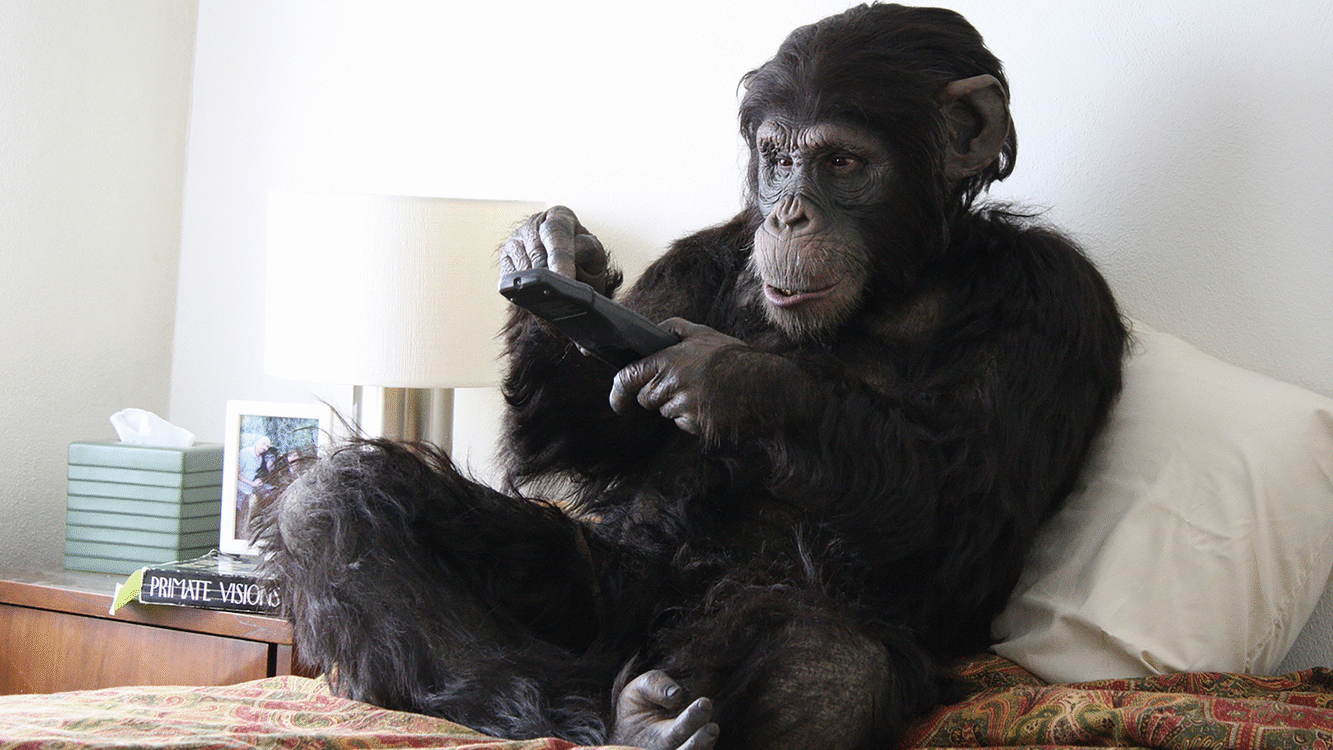With special presentations by Krista Caballero (USA) & Frank Ekeberg (Norway) and Johannes Heldén (Sweden)
September 14–December 21, 2017
Notes from Underground
September 28–December 21, 2017
Kongens gate 2
7011 Trondheim
Norway
Hours: Thursday–Friday 2–6pm,
Saturday–Sunday 12–4pm
T +47 485 00 100
office@kunsthalltrondheim.no
A New We
Co-curated with Laboratory for Aesthetics and Ecology (Dea Antonsen and Ida Bencke, Denmark).
Works by: Amanda Ackerman & Dan Richert (USA), Honey Biba Beckerlee (Denmark), Ursula Biemann (Switzerland), Karin Bolender (USA), Krista Caballero (USA) & Frank Ekeberg (Norway), Francisco Gallardo (Spain) & Audrey Samson (Canada), Johannes Heldén (Sweden), Kathy High (USA), Oskar Jakobsen (Sweden), Arendse Krabbe (Denmark), Rosemary Lee (USA), Rachel Mayeri (USA), Angela Rawlings (Canada/Iceland), Asbjørn Skou (Denmark).
A New We focus on multispecies storytelling and empathy, and asks what sort of collectives are at stake in this so-called Anthropocene epoch—in a time when the human is identified as a excessively destructive geological force?
How do mutating ecologies redefine more-than-human communities; what worlds are disappearing, and what worlds are emerging when species meet at the threshold of planetary mass-extinctions? How do we inhabit these wretched landscapes, a blasted earth? Who is implied in this “we”; which specific histories and living materialities are encircling it? What sort of voices arise when “we” make ourselves known? How do we, as humans, commit ourselves to ongoing writings of more-than-human histories without claiming ownership of the stories?
We will always find ourselves in relationships: we are perpetually becoming, in and with a vast number of companion species. “To be one is always to become with many,” as philosopher Donna Haraway reminds us.
A New We experiments with the structuring of communities in a more-than-human field, and insist on speculation and contemplation, on the time it takes to get to know each other, to experience radical otherness and to slowly start to spawn the kind of sensitivities and empathies needed in order to create healing communities on a wounded earth.
Thanks to Danish Arts Council, Nordic Culture Point, Arts Council Norway and Canon.
Lisa Tan: Notes from Underground
The Brazilian writer Clarice Lispector wrote at dawn, searching for “whatever is lurking behind thought.” Behind thought. Certainly then—also behind words?
Notes from Underground presents works by Lisa Tan (USA/Sweden). The exhibition contains a series of three films and two installation works, Moving a Mountain (2008) and National Geographic (2009), which precedes the films. Together they form a line of thinking and express the artist´s interest in liminality, in-between-ness.
Lisa Tan echoes Virginia Woolf´s intentions for the novel The Waves—to follow a rhythm rather than a plot. Her films Sunsets (2012), Notes From Underground (2013) and Waves (2014) contain, however distinctly edited, a floating element, something unstable and open. Guided by currents and undercurrents, they are constantly eluding you—subjects, histories and memories rise to the surface only to sink away again. Voices appear and are lost.
In Sunsets we hear Lispector´s voice from 1977 together with that of a friend of the artist´s, doing a translation over Skype, both searching for the right words, hesitating, uncertain. The language drifts. Maybe here, through the gap in and between languages, in this state of formlessness, we can briefly perceive what Lispector calls the “it” of the language.
While many subjects are touched upon in the films—violence, displacement, societal issues—the question that stays with you is maybe in the end that of artistic practice. What is this—to write, to make art? What kind of language could art speak? The films are in a way evolving in search of a possible practice. They stretch out over and beyond the globe, only to return to the artist´s working place—the desk, the computer screens, the everyday.
In this quest, Lisa Tan choses to follow Susan Sontag, Clarice Lispector and Virginia Woolf—Sontag’s refusal to reduce art to what could be explained, Lispector´s words about “the it” or “the is of the thing” or “whatever is lurking behind thought.” And Woolf´s concern “with something else”—something else than literature, that is.
Thanks to Galleri Riis, Oslo.


